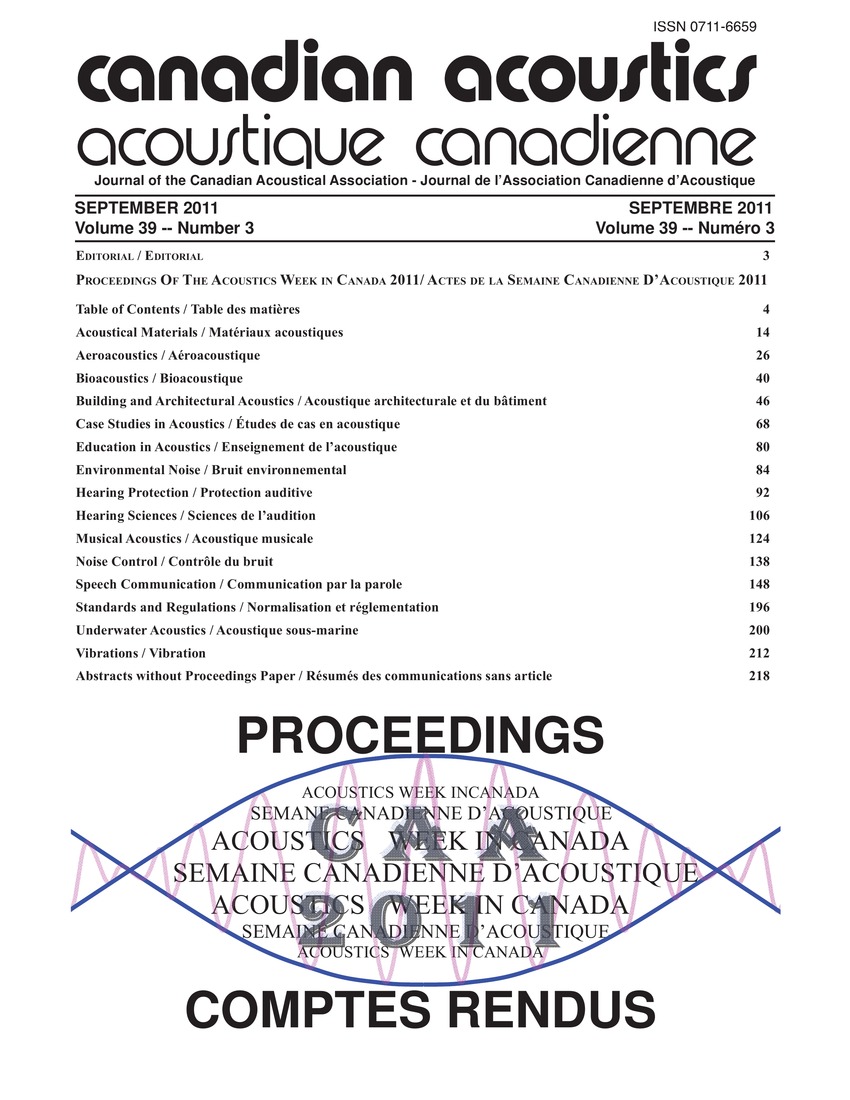Industrial building absorption coefficient - Power plant case study
Keywords:
Exhaust systems (engine), Glycols, Noise pollution, Office buildings, Power plants, Absorption coefficients, Air units, Ancillary equipment, Engine casing, Industrial buildings, Interior noise, Noise exposure, Noise exposure level, Noise mitigation, Noise source, Plant designs, Power plant buildings, Project planning, Radiosity method, Replacement costs, Sound level, Water pumpAbstract
The article evaluates how the interior noise levels during the project planning stage can help to identify potential noise exposure levels for future staff. Noise mitigation can be integrated into the plant design, thus avoiding more expensive future retrofit and replacement costs in trying to meet the noise exposure limits retroactively. Significant noise sources associated with the equipment in the room included the engine air inlets and engine casing breakout. Other less significant noise sources included the engine exhaust piping and heat exchangers, the make-up air units, glycol and water pumps and other ancillary equipment in the room. Odeon 10 Industrial, a ray-tracing program for room acoustical modeling, was used in this study of a power plant building. The model employs a combination of image-source, ray-tracing and ray radiosity methods to calculate the sound levels in a room.Additional Files
Published
How to Cite
Issue
Section
License
Author Licensing Addendum
This Licensing Addendum ("Addendum") is entered into between the undersigned Author(s) and Canadian Acoustics journal published by the Canadian Acoustical Association (hereinafter referred to as the "Publisher"). The Author(s) and the Publisher agree as follows:
-
Retained Rights: The Author(s) retain(s) the following rights:
- The right to reproduce, distribute, and publicly display the Work on the Author's personal website or the website of the Author's institution.
- The right to use the Work in the Author's teaching activities and presentations.
- The right to include the Work in a compilation for the Author's personal use, not for sale.
-
Grant of License: The Author(s) grant(s) to the Publisher a worldwide exclusive license to publish, reproduce, distribute, and display the Work in Canadian Acoustics and any other formats and media deemed appropriate by the Publisher.
-
Attribution: The Publisher agrees to include proper attribution to the Author(s) in all publications and reproductions of the Work.
-
No Conflict: This Addendum is intended to be in harmony with, and not in conflict with, the terms and conditions of the original agreement entered into between the Author(s) and the Publisher.
-
Copyright Clause: Copyright on articles is held by the Author(s). The corresponding Author has the right to grant on behalf of all Authors and does grant on behalf of all Authors, a worldwide exclusive license to the Publisher and its licensees in perpetuity, in all forms, formats, and media (whether known now or created in the future), including but not limited to the rights to publish, reproduce, distribute, display, store, translate, create adaptations, reprints, include within collections, and create summaries, extracts, and/or abstracts of the Contribution.


